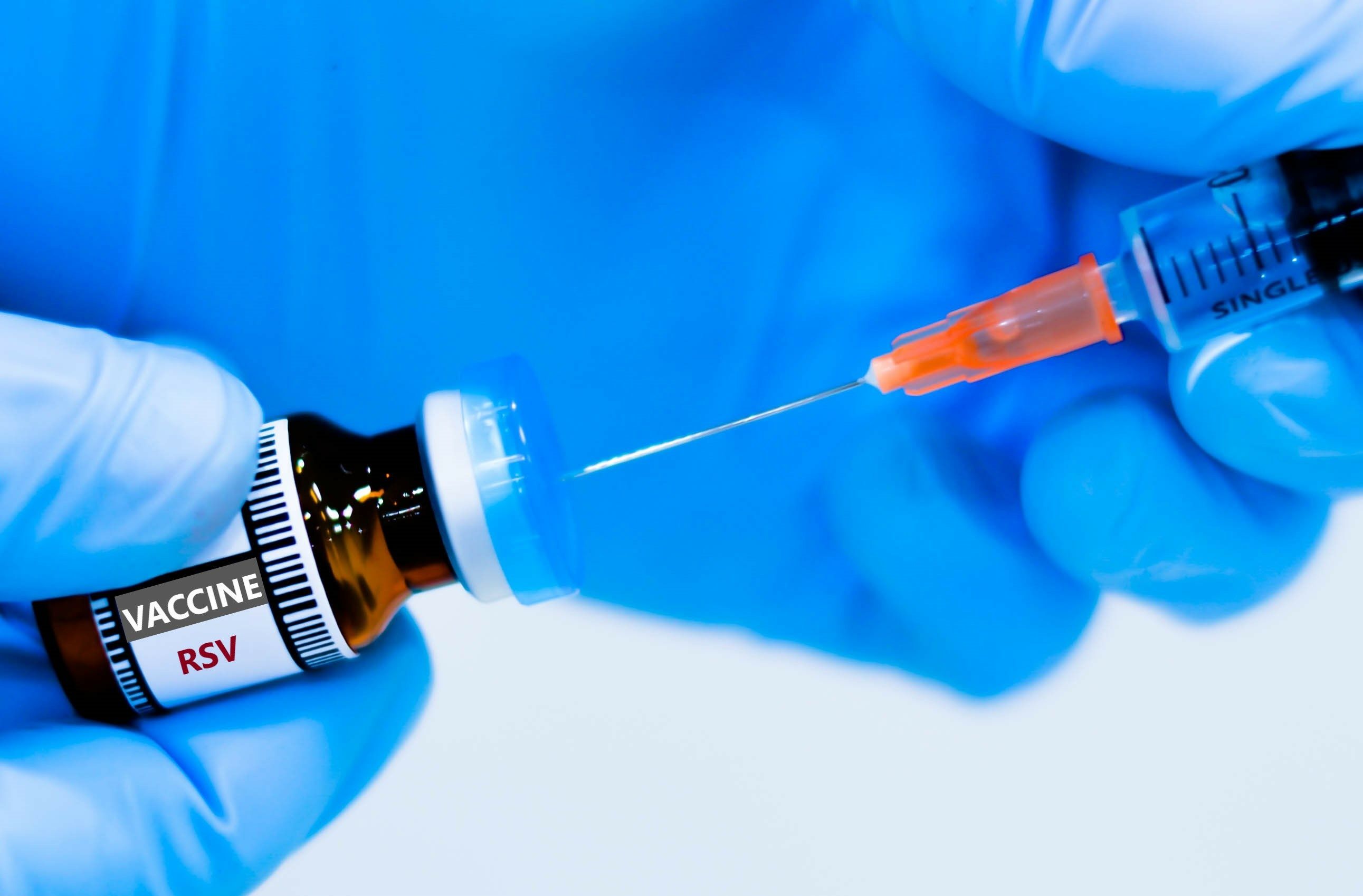Article
A Look at the FDA's Accelerated Approval Program
Author(s):
Speeding up the review of drugs to treat serious diseases makes sense. Here is a look at how it works.
The FDA is constantly looking to maintain the right balance of thoroughness and timeliness when it comes to approving a new drug application (NDA) or biologic license application (BLA). A certain level of evidence regarding the efficacy and safety for a NDA or BLA is required before they can be approved and become available on the market. However, if the requirements are too burdensome, it can delay approval, and patients who could benefit will not be able to get the drug.
The FDA’s Accelerated Approval Program allows for certain drugs that treat serious conditions where there is an unmet medical need to be approved, based on the results of a “surrogate endpoint” evaluated in studies. A surrogate endpoint is a scientifically accepted sign of efficacy, such as a laboratory test, radiographic image, or physical sign. Study results assessing a surrogate endpoint are likely to be available before slower-developing trial endpoints that may show true clinical benefit, such as survival rates This can lead to quicker drug approvals for qualifying drugs.1
Accelerated approval may be an option for drugs treating serious diseases such as cancer where the course of the disease may be long and surrogate endpoints such as the evaluation of tumor growth can be completed more quickly than assessing survival. Generally, less-severe disease states or those with a wider variety of available treatment options are likely not good candidates for accelerated approval.2
Speeding up the approval of drugs to treat serious diseases where there are limited treatment options seems reasonable. Patients in need do not have to wait as long to have a potentially beneficial treatment reach the market. The trade-off is that there is less supporting evidence of safety and efficacy at initial approval than would be required for a drug going through a standard approval process.
After gaining an accelerated approval, the manufacturer is required to perform additional studies, known as phase 4 clinical trials, to confirm clinical benefit. If the results confirm clinical benefit, the drug is converted from accelerated approval to “regular” approval. If the results of these trials are negative, the FDA has the option to rescind approval and have the drug taken off the market.1
There is concern that these phase 4 trials are not always being completed as they should be. Of the 24 indications earned via accelerated approval between 2009 and 2013, just 42% had successfully completed all required postapproval trials confirming clinical benefit within 3 years after FDA approval was granted. Of the remaining products approved through the accelerated program, 8% of confirmatory trials had negative results and another 8% of trials were terminated. The remainder had trials that were ongoing.3
By using surrogate endpoints to demonstrate efficacy, the accelerated approval program can help provide earlier drug access to patients with severe disease states where there is an unmet need. However, confirmatory trials to prove that those results translate into clinical benefit for patients are important. Completing phase 4 trials that confirm positive results may be less exciting than acquiring a new drug approval, but it is a key step to help ensure that there is a more complete picture of safety and efficacy for a product initially approved through the accelerated approval program.
References
1. FDA. Accelerated approval program. fda.gov/Drugs/ResourcesForYou/HealthProfessionals/ucm313768.htm. Updated March 10, 2016. Accessed November 13, 2017.
2. U.S. Department of Health and Human Services. Guidance for industry. Expedited programs for serious conditions — drugs and biologics. google.ca/url?sa=t&rct=j&q=&esrc=s&source=web&cd=4&cad=rja&uact=8&ved=0ahUKEwid_LrVnLzXAhVE2SYKHTjBCmwQFgg3MAM&url=https%3A%2F%2Fwww.fda.gov%2Fdownloads%2FDrugs%2FGuidances%2FUCM358301.pdf&usg=AOvVaw2Hk_NBPGLiGXDYVSiu8eLb. Published May 2014. Accessed November 13, 2017.
3. Naci H, Smalley KR, Kesselheim AS. Characteristics of preapproval and postapproval studies for drugs granted accelerated approval by the US Food and Drug Administration. JAMA. 2017;318(7):626—636. doi:10.1001/jama.2017.





